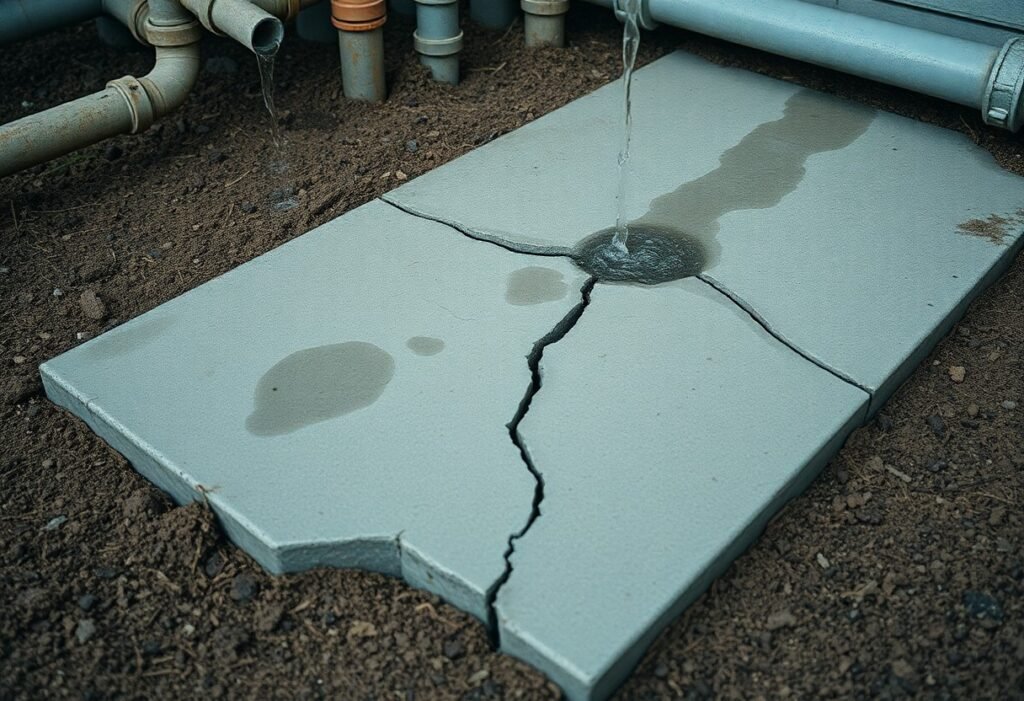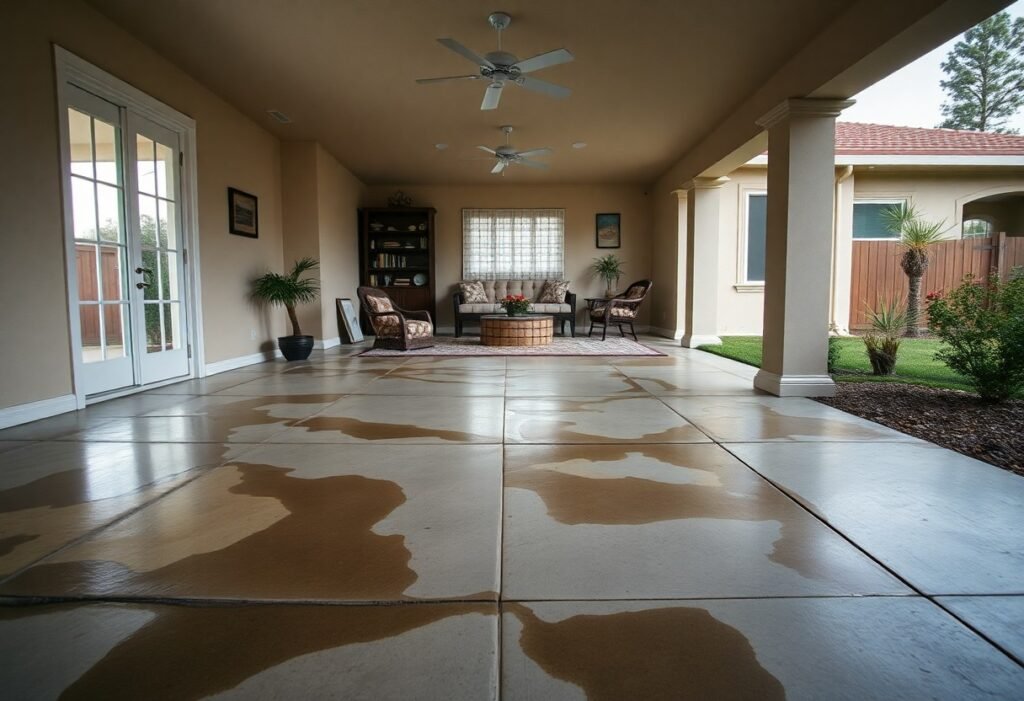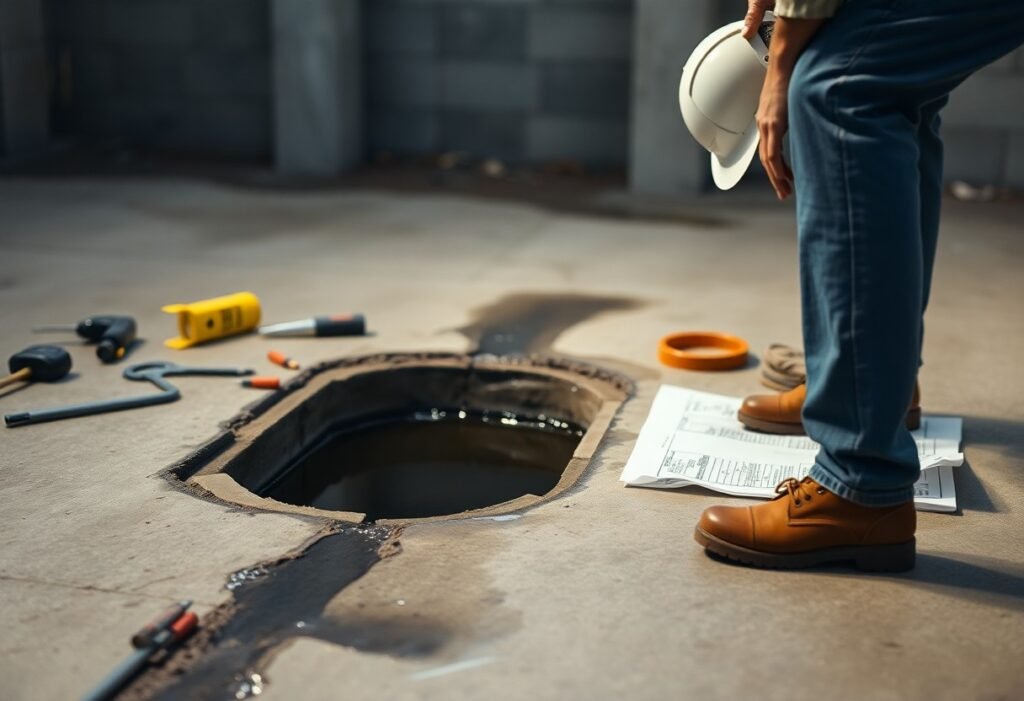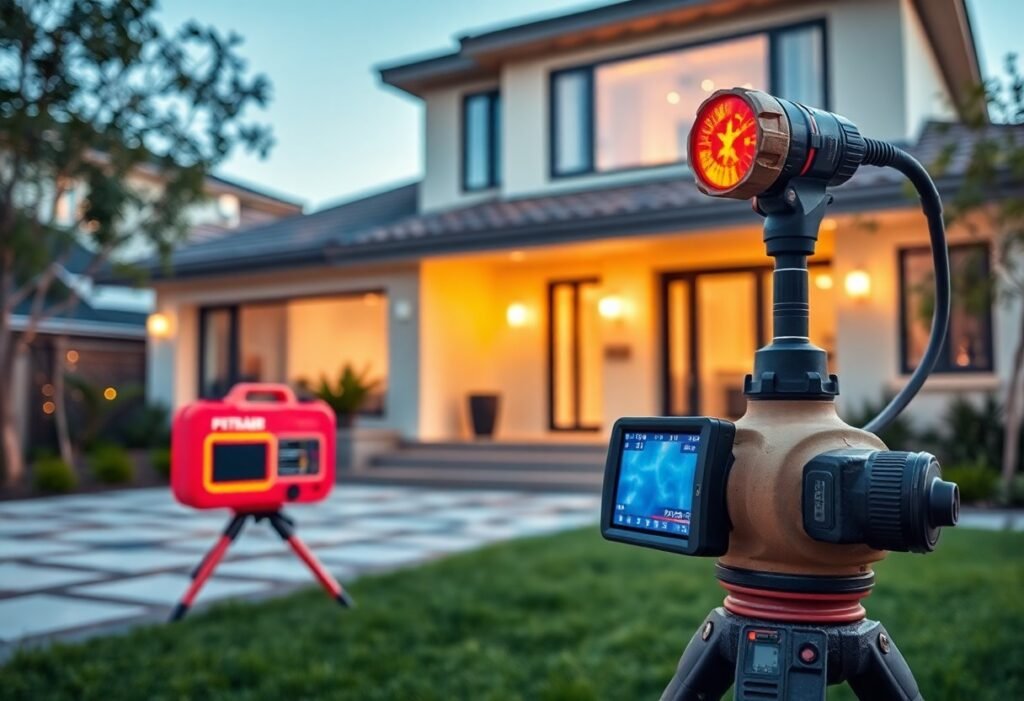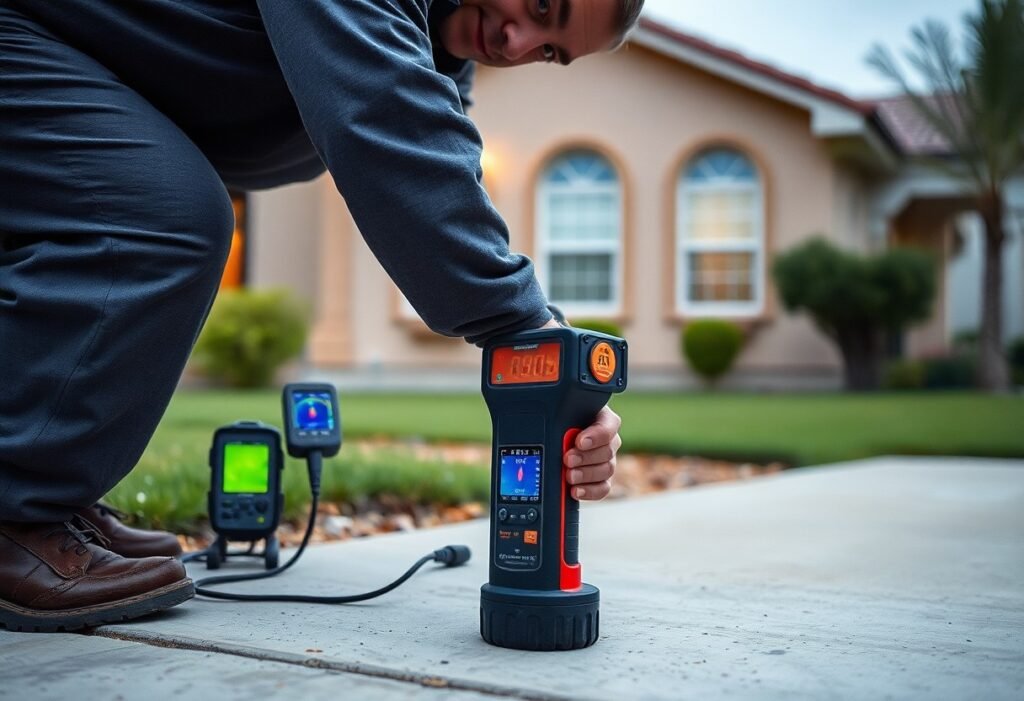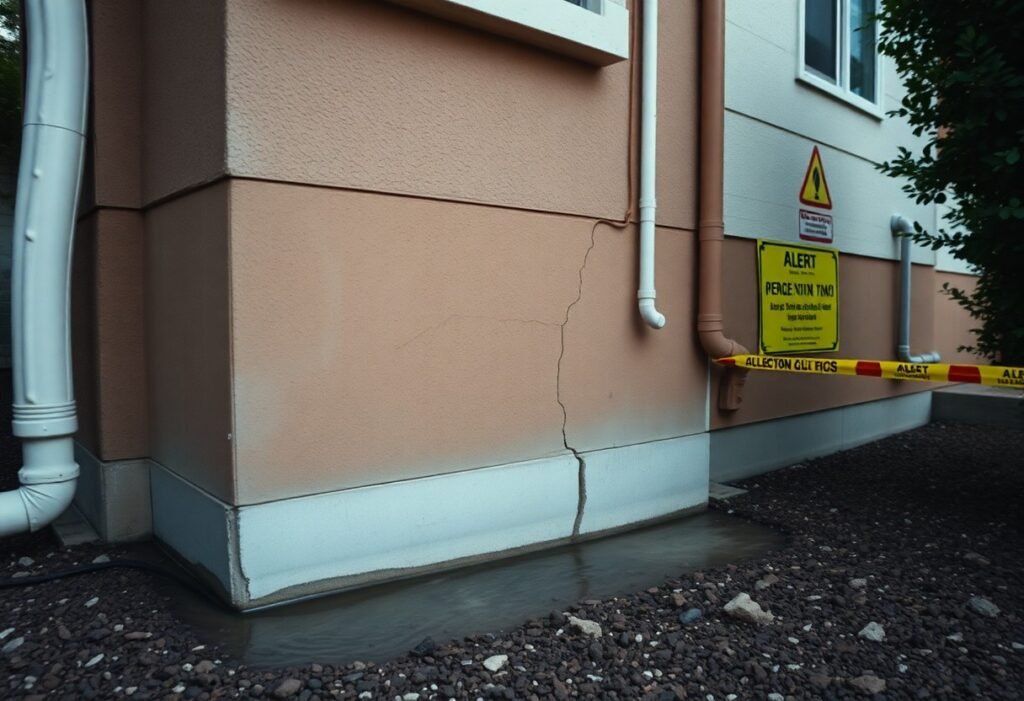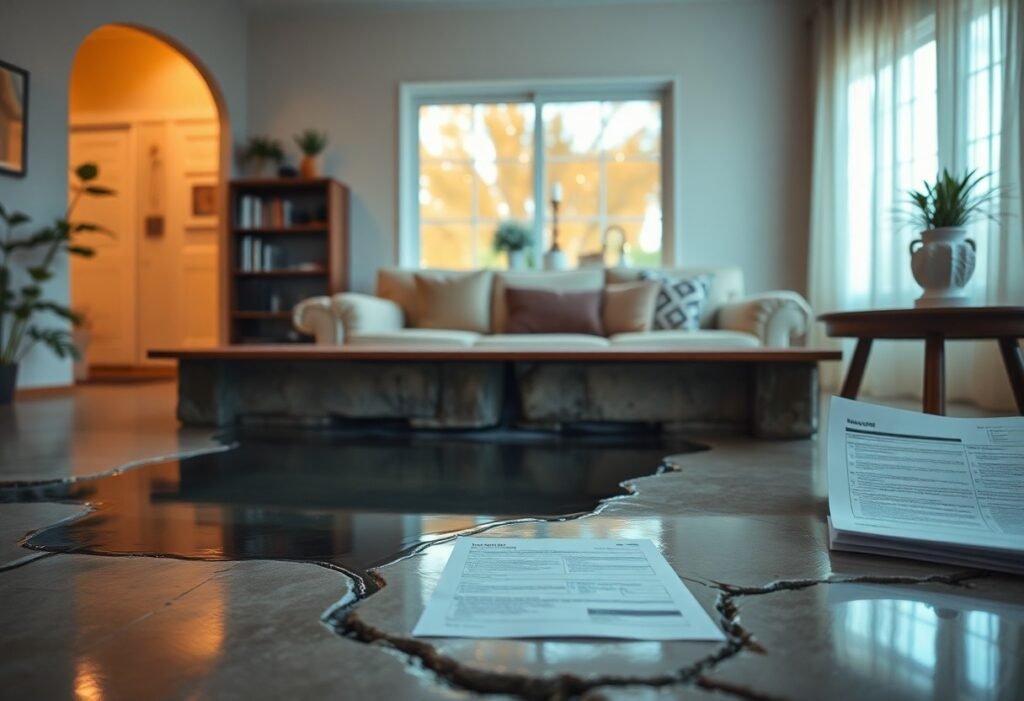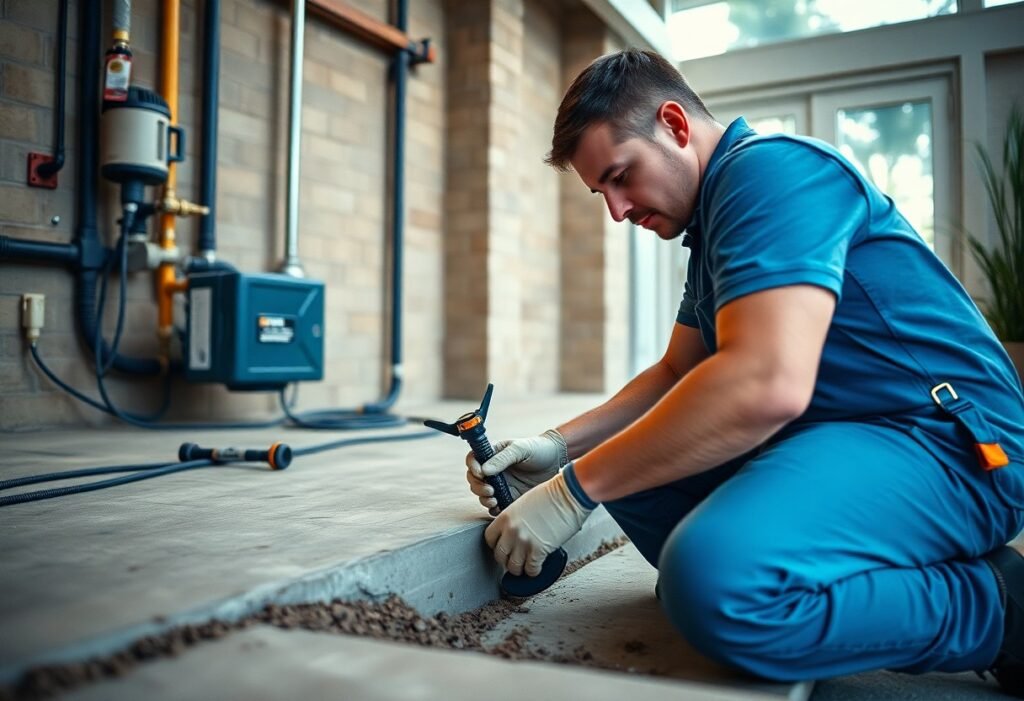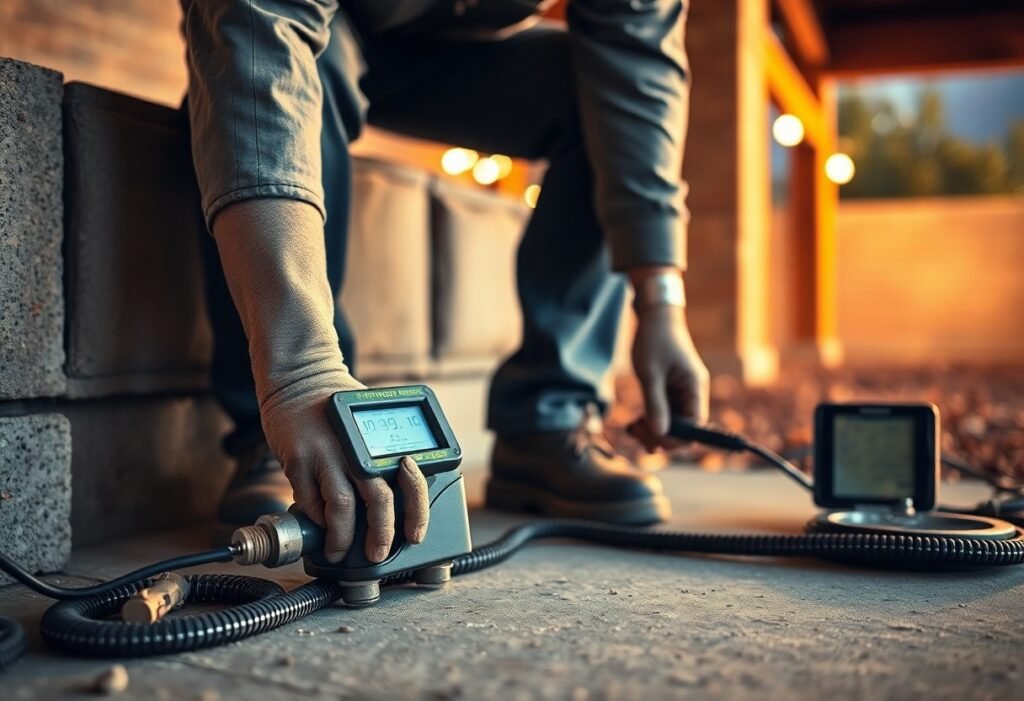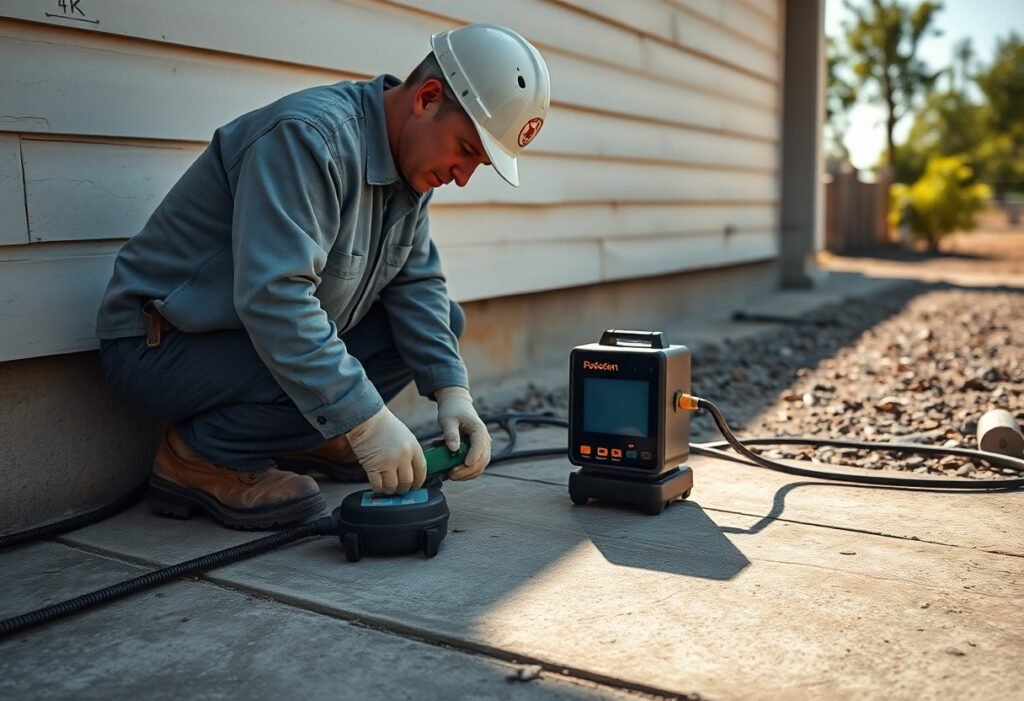Protecting Your Home – Common Causes of Slab Leaks in Southern California
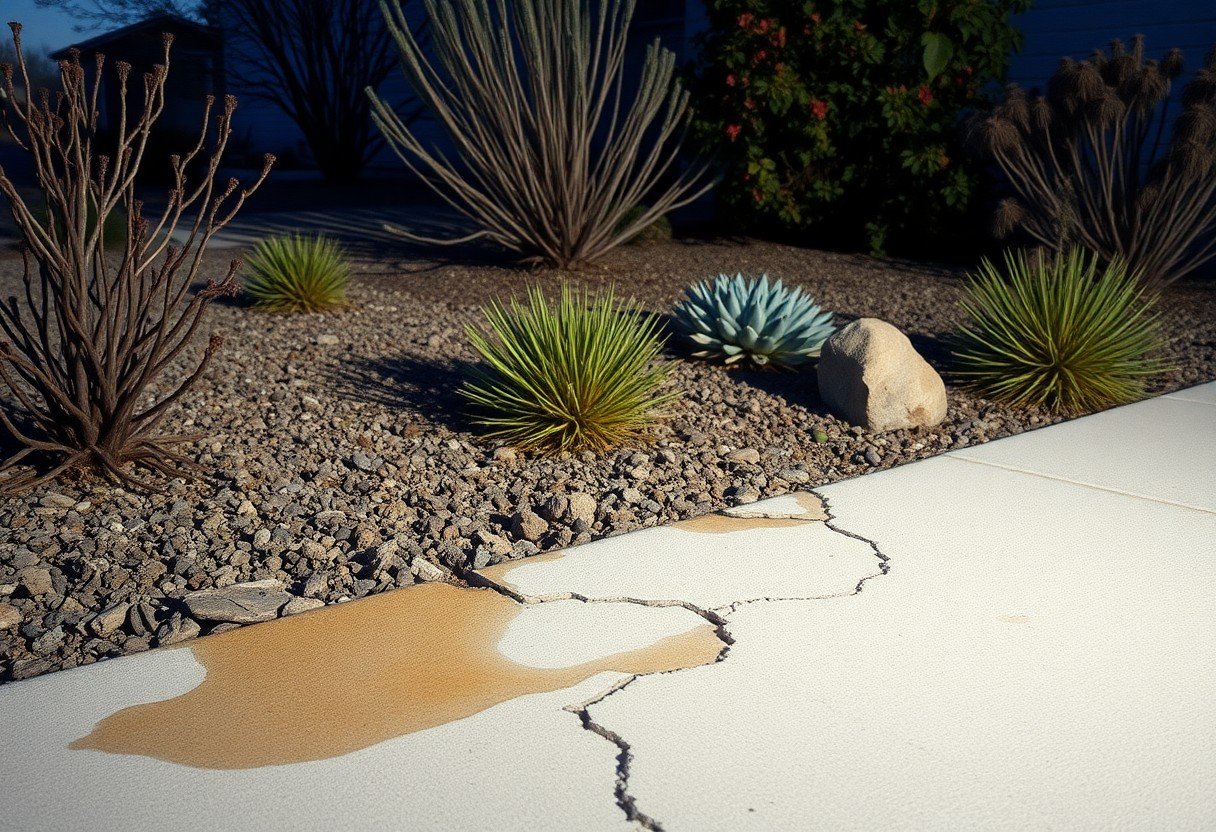
Protection of your home begins with understanding the common causes of slab leaks in Southern California. These leaks can lead to significant damage and costly repairs if left unchecked. You should be aware that factors such as soil shifts, corroded pipes, and poor plumbing installation can all contribute to this issue. By identifying these risks early, you can take preventive measures to safeguard your property and maintain its value.
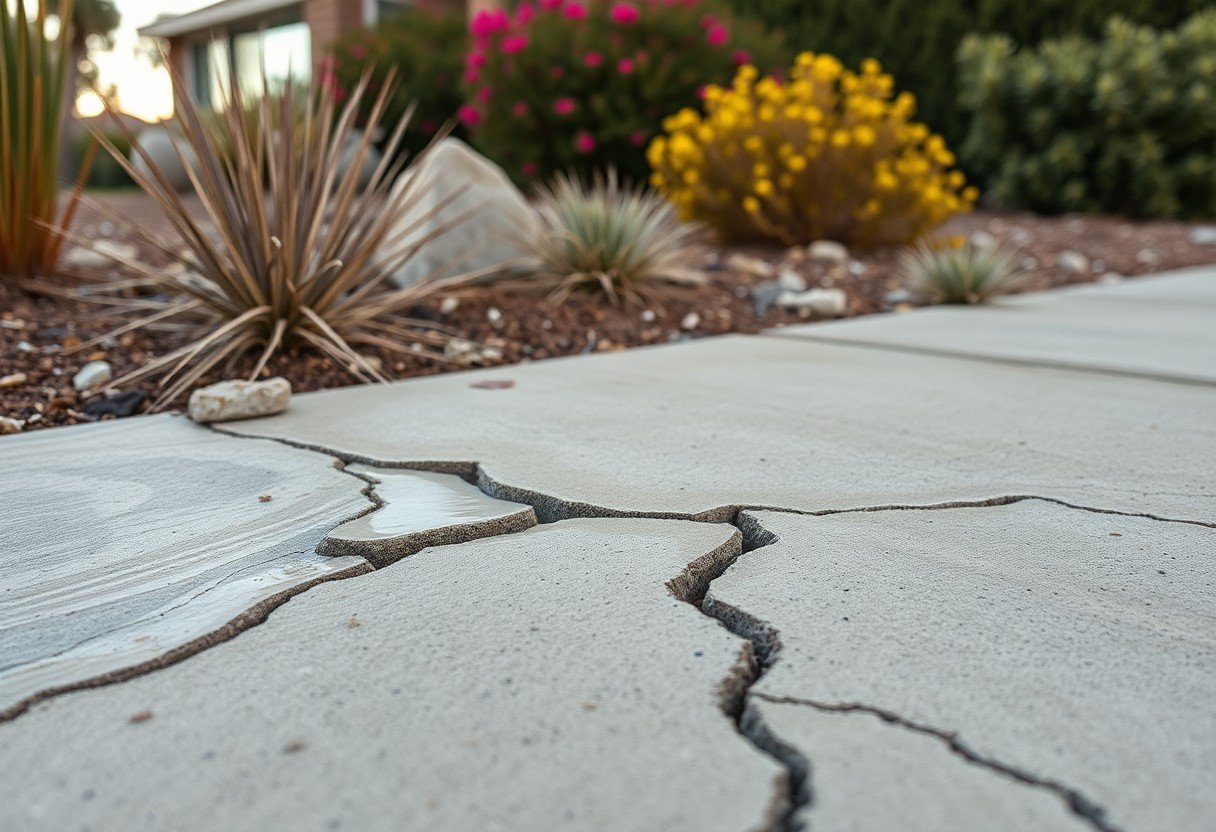
Key Takeaways:
- Slab leaks in Southern California can be caused by factors such as soil movement, pipe corrosion, and improper installation of plumbing systems.
- Seasonal changes and fluctuating temperatures can exacerbate slab leaks, leading to increased stress on the foundation and plumbing.
- Regular maintenance and timely inspections of plumbing systems can help identify and address potential issues before they escalate into slab leaks.
The Geology of Southern California: A Slab’s Best Friend
The diverse geology of Southern California plays an undeniable role in the prevalence of slab leaks. The region’s complex landscape, shaped by seismic activity and unique soil characteristics, can create conditions that are ripe for foundation issues. With the presence of expansive clay soils and the potential for shifting earth, buildings are subjected to constant strain, highlighting the importance of understanding these geological factors in protecting your home.
Unique Soil Composition and Its Impact on Foundations
Your home’s foundation can be directly affected by the unique soil composition found in Southern California. The prevalence of clay-rich soils can lead to significant expansion and contraction with moisture changes, putting excessive pressure on slabs. This process can cause cracks and ultimately result in leaks. Proper drainage and landscaping are vital to mitigate these issues and protect your foundation from the damaging effects of the local soil.
Earthquake Activity and the Risk of Shifts
Southern California is no stranger to earthquakes, and these seismic events can significantly impact the stability of your home’s foundation. The shifting earth during tremors can create unwanted movement that jeopardizes slab integrity and may lead to leaks. Being aware of your local earthquake risk can help you take specific precautions to fortify your home against these potential catastrophes.
For example, the San Andreas Fault, which runs through the region, is a constant reminder of Southern California’s seismic activity. Homes located close to fault lines might experience more pronounced effects during an earthquake, such as quick shifts in soil and ground movement. Implementing proper foundation reinforcements and conducting regular maintenance checks can reduce the risk that seismic activity poses to your home. Projects like seismic retrofitting can strengthen your foundation, ensuring it withstands the forces of nature while minimizing the chance of slab leaks in the future.
Aging Infrastructure: When Pipes Become Vulnerable
As your home ages, the infrastructure that supports its plumbing system begins to wear down, increasing the likelihood of slab leaks. Old pipes—often less durable than modern counterparts—may develop weakenings due to a combination of environmental factors and sheer time. In Southern California, with its variable weather and seismic activity, the effects of aging infrastructure can cause devastating leaks that lead to extensive water damage and costly repairs.
The Aging of Common Plumbing Materials
Many plumbing systems in older Southern California homes are composed of materials like copper, cast iron, and galvanized steel, which degrade over time. Galvanized steel, commonly used for water supply lines, can face significant challenges, including rust formation and loss of structural integrity. As materials age, their susceptibility to leaks and failures only increases.
Corrosion: The Silent Eroder of Water Lines
Corrosion is a pervasive issue for water lines, steadily wearing down pipes from the inside. This process is often accelerated by factors such as water chemistry, temperature variations, and even the materials used in your plumbing system. Over time, pinhole leaks may form, which can lead to substantial damage before they are detected.
Corrosion can be particularly sneaky, as it often goes unnoticed until significant damage occurs. For instance, in homes with older copper pipes, exposure to highly mineralized water can create a reaction that dissolves the piping over time. Similarly, iron pipes are prone to rust, which can not only cause leaks but also lead to water quality issues, affecting the taste and safety of your water. With older plumbing, the risk of erosion increases, making regular inspections and maintenance important to safeguard against costly repairs and damage to your home.
The Role of Landscaping: Nature’s Influence on Home Foundations
Your landscaping choices significantly impact the stability of your home’s foundation. Vegetation, especially large trees and shrubs, can alter soil moisture levels and subsequently affect the structural integrity of your slab. Over time, roots can penetrate beneath your home, creating instability in the underlying soil and potentially leading to slab leaks. Understanding these effects allows you to make more informed landscaping decisions that will support your home rather than jeopardize it.
Root Systems and Their Effect on Soil Stability
The root systems of trees and shrubs extend far beyond their visible canopies, often reaching into the soil beneath your home’s foundation. As these roots absorb moisture and nutrients, they can lead to uneven soil conditions, which may heighten the risk of settling and shifting. Different species have varying root penetration depths, so selecting plants appropriate for your area can mitigate potential issues caused by aggressive root growth.
Drainage Issues: How Poor Design Can Lead to Leaks
Improper drainage design around your property can create a breeding ground for slab leaks. If water is allowed to pool near your foundation due to inadequate grading, drainage channels, or poorly placed gutters, the excess moisture can infiltrate the soil and increase pressure on your slab. Over time, this pressure may lead to cracks and leaks in the piping underneath. Implementing proper drainage solutions can reduce the risks associated with water accumulation and protect your home’s foundation.
For instance, maintaining a slope away from your home, installing French drains, and ensuring gutters direct water flow efficiently are necessary strategies. Homeowners who neglect these aspects may face costly repairs, as standing water not only weakens the soil but can also lead to mold growth and pest infestations. By proactively addressing drainage issues, you can prevent a myriad of problems that stem from excess moisture around your foundation.
DIY Maintenance: Proactive Steps to Prevent Slab Leaks
Taking proactive steps to prevent slab leaks not only protects your home but also saves you from expensive repairs in the long run. Regularly checking your plumbing systems, ensuring proper drainage around your foundation, and fixing any leaks immediately can significantly reduce the risk. Additionally, mow and maintain landscaping to avoid close contact with water pipes beneath your house. Interested in learning more about the causes of slab leaks? Check out Slab Leaks in Southern California: 7 Unique Contributing Factors.
Regular Inspections: Timing and Key Indicators
Schedule regular inspections of your plumbing system, ideally every six months, and keep an eye out for key indicators such as damp spots on your floor, unexpected spikes in your water bill, or mold growth. Early detection is key to mitigating damage and preventing lengthy repair processes. Pay attention to the sound of running water when everything is turned off; it could signal a hidden leak that needs immediate action.
Home Modifications: Enhancing Resilience Against Water Damage
Implementing home modifications can fortify your property against potential water damage. Consider adding a sump pump or French drains to redirect water away from your foundation effectively. Insulating exposed pipes can also prevent thermal expansion and contraction, reducing the risk of cracks that lead to leaks. Choosing high-quality materials during renovations, like PVC over metal pipes, can further enhance your home’s resistance to leaks.
Additionally, installing water leak detection systems can provide a safeguard, alerting you immediately to any unexpected issues. Elevating your foundation and creating proper grading around your home ensures water flows away from critical areas, which is especially important in Southern California’s variable climate. By making these modifications, you not only preserve the integrity of your home but also increase its overall value.
Detecting Slab Leaks: Signs Your Home Is in Trouble
Identifying slab leaks early can save you from extensive damage and costly repairs. Keep an eye out for increased water bills, inconsistent water meter readings, or unexplained dampness on floors or walls. You may also notice cracks in the foundation or walls, the sound of running water even when all taps are turned off, and areas of the floor that are warmer than others.
Symptoms of Hidden Leaks in Your Home
Some symptoms of hidden leaks can be subtle yet alarming. A sudden drop in water pressure can indicate a significant leak, while frequent mold growth in certain areas suggests persistent moisture issues. Additionally, mold or mildew odors can permeate your home, signaling underlying plumbing issues that need immediate attention.
The Importance of Professionals: When to Call for Help
Engaging plumbing professionals helps you accurately diagnose and treat slab leaks before they escalate into larger problems. Experts utilize advanced tools like infrared cameras and acoustic listening devices to pinpoint leaks accurately and minimize disruption.
Seeking professional help isn’t just a safe move; it’s necessary to protect your home and your investment. Licensed plumbers have the expertise and experience to assess the situation comprehensively, offering solutions that might not be immediately apparent to the untrained eye. If you experience symptoms of a slab leak, acting promptly by contacting a professional can save you thousands in potential repairs and ensure your home remains safe and dry.
Conclusion
So, as a homeowner in Southern California, it’s important to stay vigilant about the common causes of slab leaks, such as soil movement, aging pipes, and tree root intrusion. By being proactive in monitoring your plumbing system and addressing signs of leaks early, you can protect your property from potential water damage and costly repairs. Ensure that you schedule regular inspections and maintain your plumbing to keep your home safe and secure.
Q: What are slab leaks and how do they occur?
A: Slab leaks refer to the plumbing leaks that occur in the water pipes located beneath the concrete slab of a home. These leaks can happen due to a variety of reasons, including corrosion of the pipes, shifting soil conditions, and poor installation practices. In Southern California, where soil may shift due to seismic activity or drought conditions, these factors can contribute significantly to the occurrence of slab leaks. Regularly monitoring for signs of leaks, such as recurring wet spots or higher-than-usual water bills, can help homeowners identify problems early.
Q: What are the common causes of slab leaks in Southern California?
A: The prevalent causes of slab leaks in Southern California include soil erosion, which can lead to pipe shifts, and the aging of plumbing materials that may corrode over time. Additionally, the area’s frequent temperature changes can cause pipes to expand and contract, increasing the risk of cracks. Poor construction techniques or improper installation can also be contributing factors, especially in older homes. Homeowners should ensure that their plumbing is regularly inspected to mitigate these risks.
Q: How can I identify the signs of a slab leak in my home?
A: Identifying slab leaks early can prevent extensive damage. Common signs include the presence of damp spots on floors, the sound of running water when no fixtures are in use, sudden increases in water bills, and unusual mold growth. Homeowners may also notice their floors feeling warm to the touch, indicating water underneath. If these signs are present, it is advisable to contact a plumbing professional who can conduct a thorough inspection to determine if a slab leak is present and recommend appropriate solutions.

